Blend modes let you mix the color and brightness of image layers. Below is an example of what can be achieved when combining two layers:
 Upper Layer
Upper Layer
 Lower Layer
Lower Layer
The program has 27 blend modes. Each layer is set to Normal by default.
A blend mode can be chosen for a set (group) of layers. If Pass Through is chosen from the blend mode drop-down list, then layers in a group will interact with each other and layers below in the usual way, as if they are not grouped. If another blending mode is chosen the set behaves as if the layers have been merged into one layer, which interacts with layers outside of the group based on the chosen blend mode. In this case the blend modes applied to individual layers within a set are only valid within the group and do not affect layers outside of the group.
Basic Modes
Normal. No interaction occurs between the active and the lower layer, ie all pixels on the upper layer are displayed as usual. Blending in this mode can only be achieved by adjusting Opacity.

Dissolve. This works when Opacity is less than 100%. Lowering opacity randomly conceals pixels on the top layer, and pixels from the lower level are shown in their place.
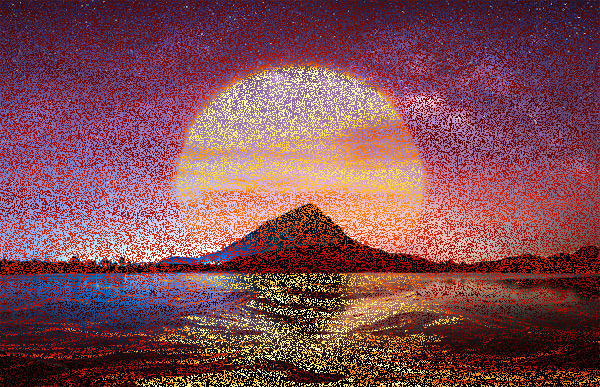
Darken Modes
Darken. In this mode the top layer appears to be darker in color than the lower layer. Dark pixels on the upper layer will remain unchanged, while the white color will be transparent. The resulting image is derived from the least bright pixel values for each channel.

Multiply. The upper layer darkens the lower layer. Colors are combined in such a way that they become denser. The image darkens. The white color will be transparent. This mode can be used to restore faded or overexposed photos, impose shadows, or imitate a felt-tip marker.
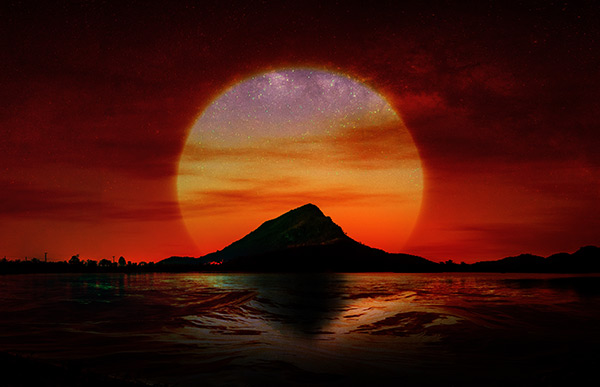
Color Burn. In this mode, contrast is increased by blending the darker pixels on the lower layer with the color of the upper layer. White pixels on the layer become transparent. Shadows in this mode are more intense than in Multiply. It is often used to increase saturation in light areas, tinted glass, precious stones, in underlining details of collages, and to imitate the effect of Burn on an image.
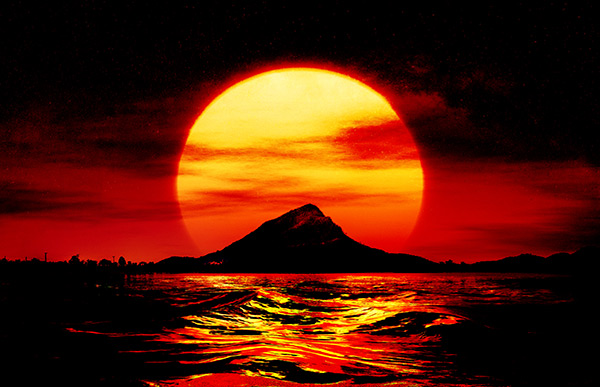
Linear Burn. It works like Color Burn with a softer effect.
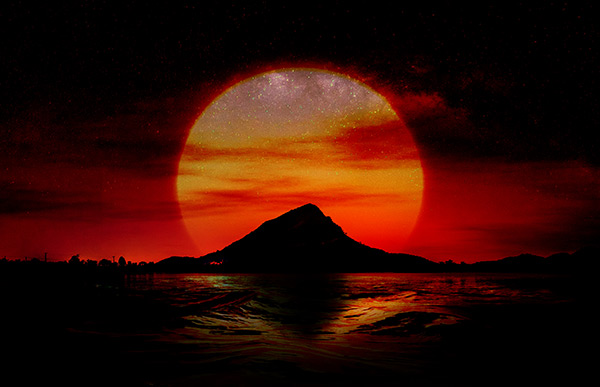
Darker Color. It compares the pixels of the top and bottom layers and displays those that are darker.

Lighten Modes
Lighten. In this mode the brighter areas of the top layer replace darker areas on the lower layer. Brighter pixels on the upper layer will remain unchanged, while black pixels will become transparent. The result is based on the brightest pixel values of both layers.
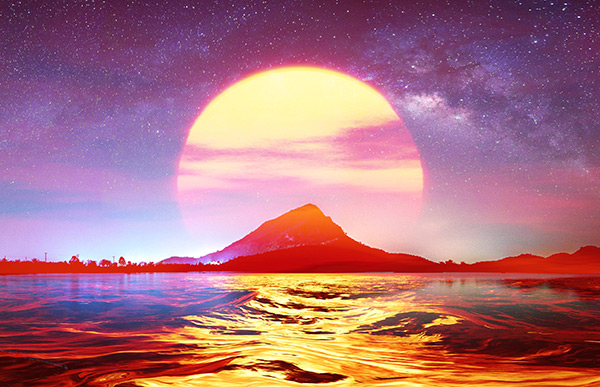
Screen. The upper layer brightens the lower, depending on its brightness. The black color on the upper layer becomes transparent. This mode can be used to brighten dark images, simulate glow, to blend an image with the lower layer, and with different types of glare.

Color Dodge. In this mode the image on the lower layer is brightened by decreasing contrast based on the color of the upper layer. The black color on the upper layer becomes transparent. The effect on light areas is even stronger than Screen mode. This mode can be used to create bright flashes and to match the contrast of an image with the background.
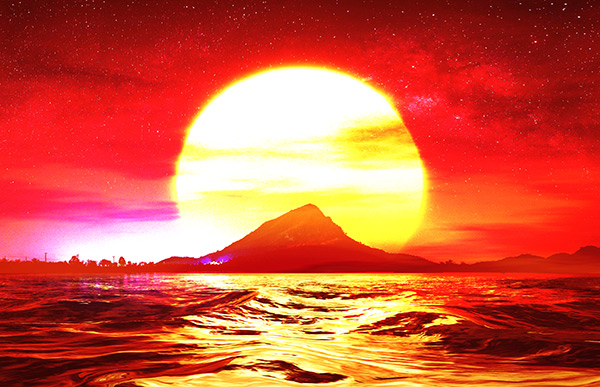
Linear Dodge. It works like Color Dodge with less effect.

Lighter Color. It compares pixels of the top and bottom layers and displays those that are lighter.
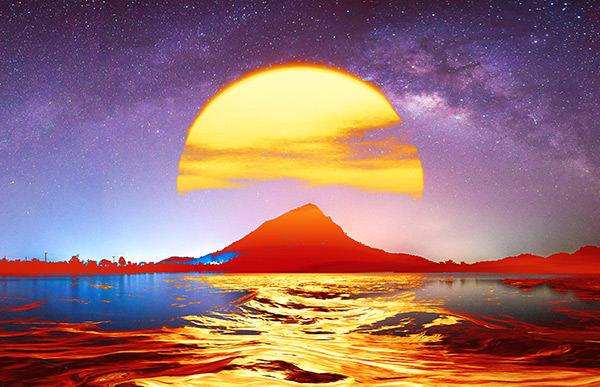
Contrast Modes
Overlay. This mode combines the effects of Multiply and Screen modes, blending the upper layer with the lower. The result depends on the brightness of pixels in the blended layers: if the pixels of the lower layer are darker than those on the upper layer, the image becomes darker (Multiply), if they are lighter than those on the upper layer, the image is lighter (Screen). It is well suited for enhancing low contrast detail and superimposing texture on an image. If the color of the top layer is gray (50%) there will be no effect.

Soft Light. The image is brightened based on the brightness of the upper layer. If the pixels on the upper layer are brighter than neutral (50%) gray the image is brightened; if they are darker than neutral gray, then the lower layer is darkened. If the top layer is neutral gray (exactly 50%), there is no effect. This mode is useful for adjusting the tones of a background when making a collage, so that an object inserted above the background will gently blend with it.
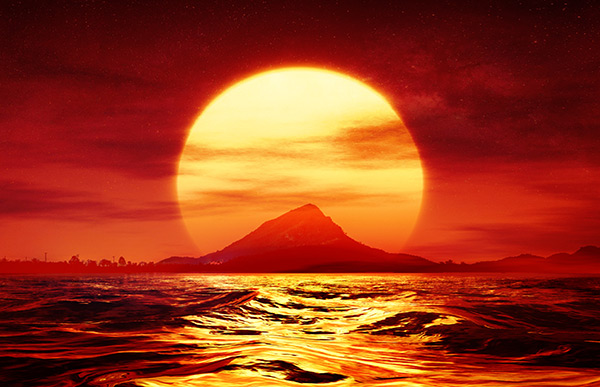
Hard Light. Similar to the previous mode, the image is darkened (Multiply) if the pixels on the upper layer are darker (darker than neutral gray), and lightened (Screen), if those pixels are lighter (lighter than neutral gray). The contrast of colors is higher than in Soft Light mode. If the upper layer is neutral gray (exactly 50%), there is no effect. This mode is useful for making the background texture of the lower layer visible on the upper layer.

Vivid Light. If the color of the top layer's pixel is darker than 50% gray, the image darkens due to the increased contrast. If the color of the pixel of the upper layer is lighter than 50% gray, the image lightens due to the contrast decrease. If the top layer is 50% gray, there is no effect.
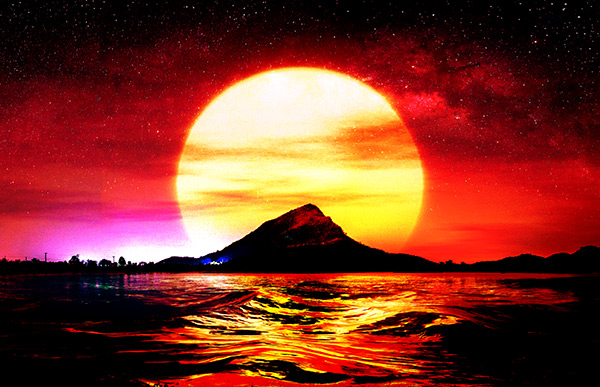
Linear Light. If the color of the top layer's pixel is lighter than 50% gray, the image lightens due to the increase in brightness. If the color of the pixel of the upper layer is darker than 50% gray, then the image darkens due to the brightness decrease. If the top layer is 50% gray, there is no effect.

Pin Light. If the color of the pixel of the upper layer is lighter than 50% gray, then the pixels of the lower layer with a darker color are replaced, and those with a lighter color remain unchanged. If the color of the top layer's pixel is darker than 50% gray, then the lighter pixels in the lower layer are replaced, and the darker ones remain unchanged. The mode can be used for adding special effects.

Hard Mix. In this mode, the color of the resulting pixel is obtained by adding the color values of the pixels of the lower layer and the upper layer. If the resulting sum for any channel is 255 or more, then the value 255 is assigned to it, otherwise - 0. Therefore, for all blend pixels, the total values of the red, green, and blue channels will equal 0 or 255. As a result, the pixel colors are replaced with solid red, green, blue, cyan, magenta, yellow, white, or black, creating the posterization effect.
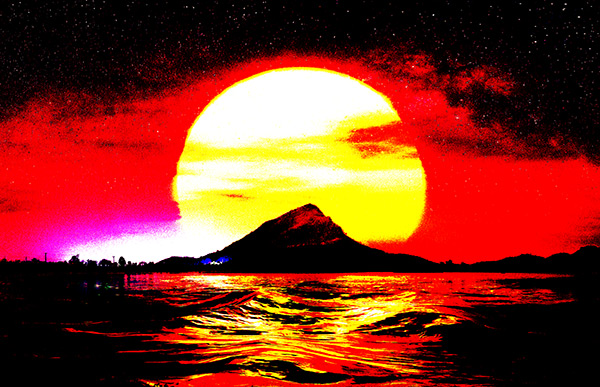
Comparative Modes
Difference. This mode displays the tonal difference between the contents of two layers. Colors are inverted based on the brightness of pixels on the upper and lower layers. If the color of the upper layer is white the colors of the lower layer are inverted, if it is black there no change. If the combined layers are not too dark or bright and are sufficiently saturated, some interesting effects can result. This mode can also be used to compare two images - if they differ by even one pixel, it will be displayed in black.

Exclusion. Similar to the previous mode, the inversion of color is determined by the brightness of pixels on the upper and lower layers. Pixels of intermediate colors will be shown in gray, reducing contrast. Blending with white inverts the colors of the lower layer; blending with black has no effect. This mode is useful for achieving various effects.

Subtract. In this mode, the final pixel color is determined by the difference between the color values of pixels in the layers. If the result of the subtraction is negative, the pixel becomes black.

Divide. The result color is obtained by dividing the color values of the lower pixels by the color values of the upper pixels. If we apply to the image its copy, it will turn completely white.
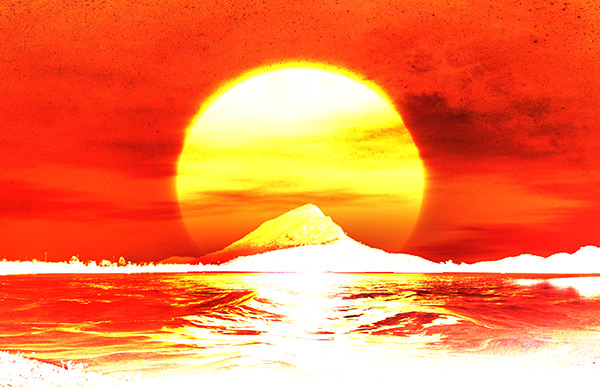
Component Modes
Hue. In this mode, the resulting pixels have the brightness and saturation from the lower layer and the color tone (hue) from the upper layer.

Saturation. In this mode, the resulting pixels use the brightness and hue from the lower layer and the saturation from the upper layer.

Color. In this mode, the resulting pixels have the brightness as in the lower layer and the hue and saturation as pixels in the upper layer. This mode can be used for image toning.

Luminosity. In this mode, the resulting pixels take the hue and saturation from the lower layer and the brightness from the upper layer.

